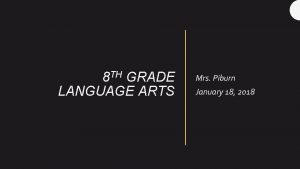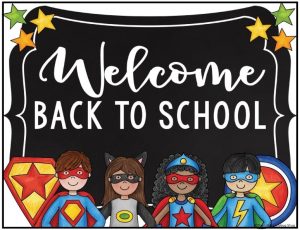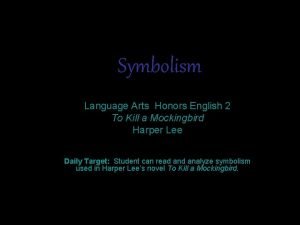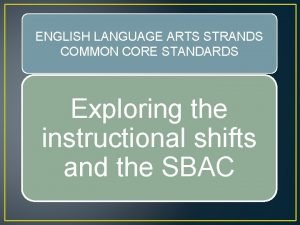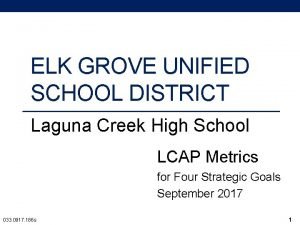Oral Language The Neglected Language Arts From Maxwell









- Slides: 9

Oral Language: The Neglected Language Arts From Maxwell, R. J. , & Meiser, M. J. (2001). Teaching English in Middle and Secondary Schools (3 rd ed. ). Columbus, OH: Merrill Prentice Hall.

Schools are language saturated institutions. They are places where books are thumbed, summarized, and “revised”; notes are dictated, made, kept, and learned; essays are prepared; examination questions are composted and the attendant judgments are made. Teachers explain, lecture, question, exhort, reprimand. Pupils listen, reply, make observations, call out, mutter, whisper and make jokes. Small knots gather over books, lathes, easels, or do nothing in classrooms, laboratories, workshops, craft rooms, corridors and toilets to chatter, discuss argue, plan, plot, and teach one another. --Douglas Barnes

Oral Language Principles • Not all student share the same level of competency in oral language. • The acquisition of oral language is developmental. • Students need varied and purposeful experience in oral communication.

Oral Language Principles (con’t. ) • We should not break speaking into subskills, nor should we isolate speaking from the other language arts. • Since speaking is not totally oral, students need to learn about body language, eye contact, gesture, and so forth.

The most obvious characteristic of classroom talk is that there is so much of it. --A. D. Furlong and V. J. Edwards

Listening: An Essential for Group Work • Attributes of Good Listening Behavior – Maintaining natural eye contact – Nodding head in agreement – Leaning forward – Adopting a pleasant facial expression – Facing the speaker – Keeping arms open (not folded) – Taking position at the same elevation as the speaker (Active listening requires conscious effort. )

Strategies for Improving Students’ Group Work/Listening • Be prepared. Have pens, paper, materials at hand; have assignments read in advance. • Set goals. Plan how group information will be used when students are working on their own. Set purpose for listening. • Use time well. Humans think 3 -4 times faster than they speak so we process messages quickly – faster than a speaker sends the words. In the gap, we may take notes, write questions, etc. • Minimize distractions. Help students understand the power of “high blood pressure” words to get them off track. Teach them how to develop productive counterarguments during a discussion.

Strategies for Improving Students’ Group Work/Listening (con’t. ) • Avoid evaluation. Although there is a place for evaluative response, such as when someone makes a claim without sufficient support, evaluative listening should be the last part of a process, not the first. • Use feedback. Verbal or nonverbal feedback is how a speaker knows group members listened and got the message.

Speaking: More Than Just Talk • Major Curricular Goals: – Expressive (express or respond to feelings and attitudes) – Ritualistic or formulaic (culturally determined, responsive to patterns of social interaction) – Imaginative (storytelling, dramatizing, speculating, theorizing) – Informative (stating, questioning, explaining) – Persuasive (convincing, arguing, justifying, rejecting)

